A dirty little secret? It's what we do.
The Associated Press released an article on AI's Dirty Little Secret. As the article explains, the secret is that AI is powered by people! Well, I'm glad the secret is out, as this is what Informatics4AI is all about. Let me explain.
The article discusses how people are needed to tag ("label") images, text, or other data because without the tagging, machines cannot learn. One example is the tagging of traffic images so that self-driving cars can become smart and keep us safe. The "secret" (according to AP) is that the tagging of traffic images by people is now a vibrant worldwide industry. It's important to remember that companies such as Facebook have been using crowd-sourced image tagging (or data labeling) for many years to improve their AI image recognition systems. So the dirty little secret isn't that data labeling is a new blue-collar industry, but rather that machines are actually pretty dumb and they need people to curate data in very specific ways before machine learning can take place.
As David Auerbach said, "Computers are near-omnipotent cauldrons of processing power, but they’re also stupid. They are the undisputed chess champions of the world, but they can’t understand a simple English conversation. IBM’s Watson supercomputer defeated two top Jeopardy! players last year, but for the clue 'What grasshoppers eat,' Watson answered: 'Kosher'.”
How can computers be so stupid and yet so smart at the same time?
The answer lies in the fact that images and full text are ambiguous and hard to understand (think "captcha"). Unstructured information that you or I can understand makes little or no sense to a machine. However, if the dataset is properly curated ("data wrangling" in AI terminology) and an ontology is built to help the machine learn, then the magic can happen, and the machine can become intelligent. Delivering insights that you or I cannot imagine. Informatics4AI is focused on helping organizations use information architecture to improve the quality of their data, and thus improve the results of natural language AI projects.
So now that the secret is out, let's get to work. Do you need help improving the quality of your data or do you need to develop an information architecture to support your ongoing AI efforts? Give us a call.


